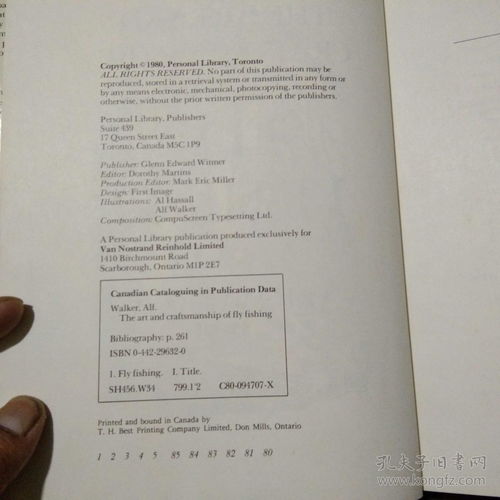Content:
Lobster, with its succulent meat and rich flavor, is a prized catch for many anglers. Whether you're a seasoned fisherman or a beginner looking to try your hand at lobster fishing, mastering the techniques for catching this delicious crustacean can be both rewarding and exciting. In this article, we'll delve into the art of catching delicious lobster using various angling techniques. So, let's dive in and explore the secrets to successful lobster fishing.
Understanding Lobster Behavior
Before we delve into the fishing techniques, it's crucial to understand the behavior of lobsters. Lobsters are nocturnal creatures, meaning they are most active at night. They are also bottom-dwellers, often found in shallow waters close to the shore. Knowing this, we can tailor our approach to their habits to increase our chances of a successful catch.
Choosing the Right Equipment
The first step in lobster fishing is to ensure you have the right equipment. Here's a list of essential gear you'll need:
Lobster Trap: The most common method for catching lobsters is using a lobster trap. These traps are designed to resemble the lobster's natural habitat and are baited with food to attract them.
Bait: Lobsters are attracted to a variety of baits, including fish, clams, and crabs. Choose a bait that is commonly found in the area where you plan to fish.
Tackle: A sturdy rod and reel, strong lines, and a good knot are essential for handling the weight and strength of a lobster.
Sinker: A heavy sinker is necessary to keep your trap on the bottom where the lobsters are.
Pliers: Lobsters have a powerful钳子, so having a set of pliers on hand will make it easier to remove them from the trap.

Setting Up Your Lobster Trap
To set up your lobster trap, follow these steps:
Bait the Trap: Place your chosen bait in the center of the trap. Ensure it's secure so it doesn't fall out when you lower the trap into the water.
Secure the Lines: Attach your strong line to the trap and tie it securely. The line should be long enough to reach the bottom of the water body but not so long that it gets tangled.
Add a Sinker: Attach a heavy sinker to the end of the line to keep the trap on the bottom.
Check the Trap: Before you lower the trap, make sure everything is secure and that the trap is properly baited.
Fishing Techniques
Now that your trap is set up, it's time to consider the best fishing techniques to increase your chances of catching a delicious lobster:
Choose the Right Location: Lobsters are often found in areas with rocks, seaweed, and other natural structures. Look for these features when choosing your fishing spot.
Timing is Key: As mentioned earlier, lobsters are most active at night. If possible, fish during the evening or at night for the best results.
Lobster Trap Placement: Place your trap in an area with a current. Lobsters are attracted to moving water, so a current can help draw them to your trap.
Monitor Your Trap: Check your trap regularly. If you don't catch anything after a few days, try moving to a different location or adjusting your bait.
Handle with Care: Once you've caught a lobster, handle it with care. Lobsters can be quite strong and can pinch if you're not careful. Use pliers to remove them from the trap and keep them in a cool, shaded area until you're ready to cook them.
Cooking Your Lobster
After a successful catch, the final step is to cook your delicious lobster. Here's a simple recipe to get you started:
Boil Water: Bring a large pot of salted water to a boil.
Add Lobster: Place the lobster in the boiling water and cook for about 10-12 minutes per pound.
Serve: Once cooked, remove the lobster from the water and let it cool slightly. Serve with melted butter, lemon wedges, and your favorite sides.
In conclusion, catching delicious lobster requires patience, understanding of the lobster's behavior, and the right equipment. By following these techniques and tips, you'll be well on your way to enjoying a tasty meal of fresh lobster. Happy fishing!












